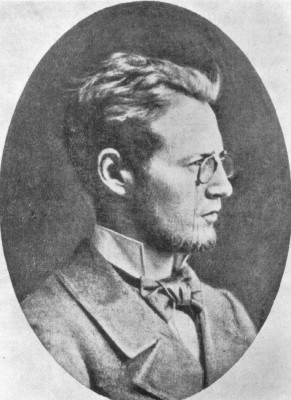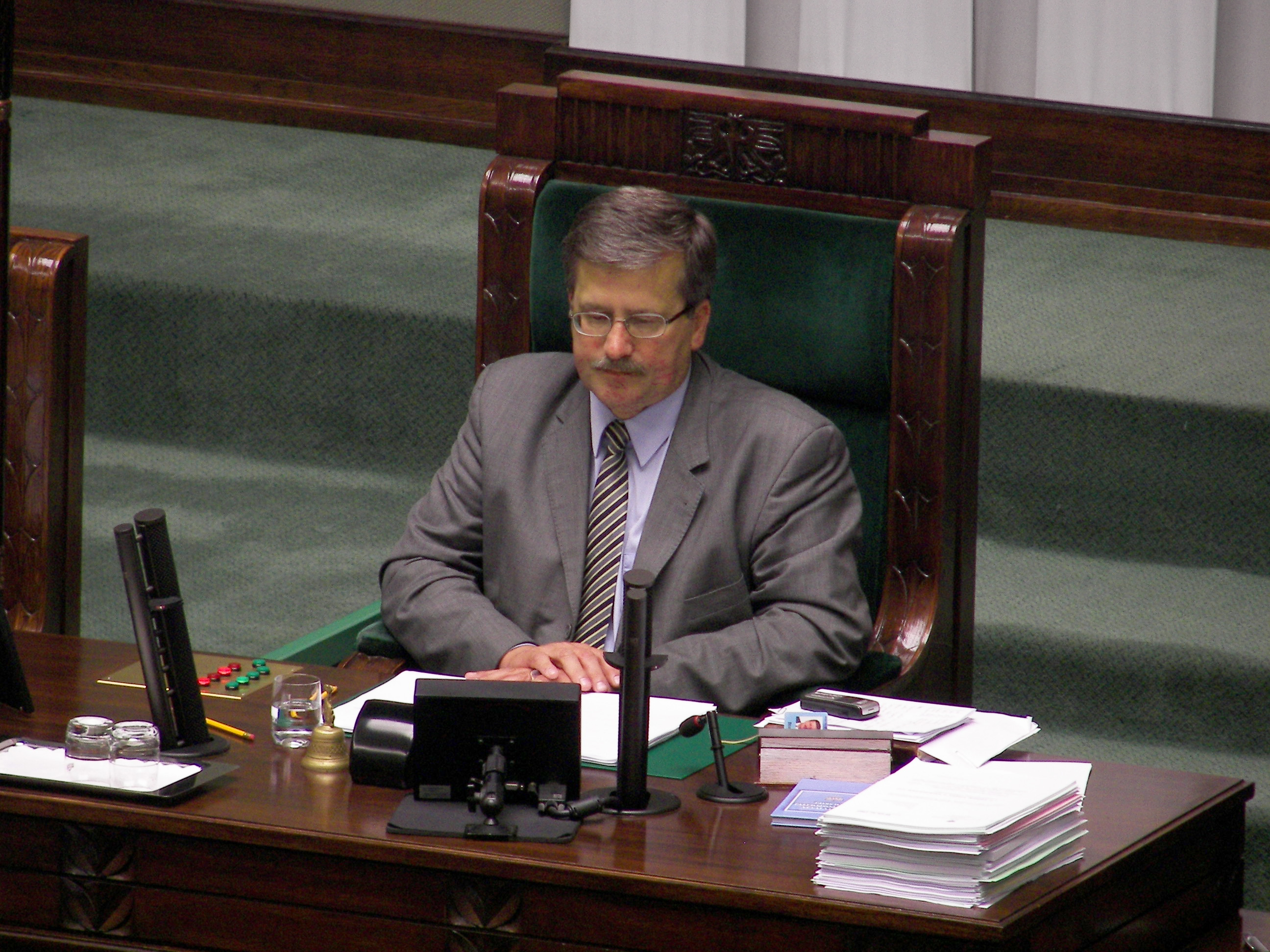|
Internet In Poland
The Internet in Poland was used by 90.4% of households in the country and 98.6% business entities in 2020. In 2022, the percentage of households with internet will increase to 93.3%. Facts and figures * Top-level domain: .pl * Internet users: 31.97 million users; 84.5% of the population (2021).Internet Users in Poland in 2021 January 2021, retrieved 21 March 2022 * Fixed broadband: 6.4 million subscriptions, 17th in the world; 16.6% of the population, 54th in the world (2012).Calculated using ... [...More Info...] [...Related Items...] OR: [Wikipedia] [Google] [Baidu] |
Statistics Poland
Statistics Poland (formerly known in English as the Central Statistical Office ( pl, Główny Urząd Statystyczny, popularly called GUS)) is Poland's chief government executive agency charged with collecting and publishing statistics related to the country's economy, population, and society, at the national and local levels. The president of Statistics Poland (currently Dominik Rozkrut) reports directly to the Prime Minister of Poland and is considered the equivalent of a Polish government minister. The agency was established on 13 July 1918 by Ludwik Krzywicki, one of the most notable sociologists of his time. Inactive during World War II, GUS was reorganized in March 1945 and as of 31 July 1947 was under control of the Ordinance of the Council of Ministers (along with the Organization of Official Statistics). The office is divided into several separate branches, each responsible for a different set of data. The branches include the Divisions of Coordination of Statistical Su ... [...More Info...] [...Related Items...] OR: [Wikipedia] [Google] [Baidu] |
CERT Polska
CERT Polska is Computer Emergency Response Team which operates within the structures of Naukowa i Akademicka Sieć Komputerowa (Scientific and Academic Computer Network or NASK) – a research institute which conducts scientific activity, operates the national .pl domain registry and provides advanced IT network services. CERT Polska is the first Polish computer emergency response team. Active since 1996 in the environment of response teams, it became a recognised and experienced entity in the field of computer security. Since its launch, the core of the team's activity has been handling security incidents and cooperation with similar units worldwide. It also conducts extensive R&D into security topics. In 1997, CERT Polska became a member of the international forum of response teams – FIRST, and since 2000 it has been a member of the working group of European response teams – TERENA TF-CSIRT and an associated organisation Trusted Introducer. In 2005 on the initiative of CERT Pol ... [...More Info...] [...Related Items...] OR: [Wikipedia] [Google] [Baidu] |
Bronisław Komorowski
Bronisław Maria Komorowski (; born 4 June 1952) is a Polish politician and historian who served as President of Poland from 2010 to 2015. Komorowski served as Minister of Defence from 2000 to 2001. As Marshal of the Sejm, Komorowski exercised the powers and duties of head of state following the death of President Lech Kaczyński in a plane crash on 10 April 2010. Komorowski was then the governing Civic Platform party's candidate in the resulting presidential election, which he won in the second round of voting on 4 July 2010. He was sworn in as President on 6 August 2010. Komorowski thus became the second person to serve on two occasions as Polish head of state since 1918, after Maciej Rataj. On 25 May 2015, Komorowski conceded the presidency of Poland to the rival candidate Andrzej Duda, after the latter won the second round of the 2015 presidential election. Early life and education Bronisław Maria Komorowski was born in Oborniki Śląskie. Born as a son of Zygmunt Leon ... [...More Info...] [...Related Items...] OR: [Wikipedia] [Google] [Baidu] |
ZDNet
ZDNET is a business technology news website owned and operated by Red Ventures. The brand was founded on April 1, 1991, as a general interest technology portal from Ziff Davis and evolved into an enterprise IT-focused online publication. History Beginnings: 1991 to 1995 ZDNET began as a subscription-based digital service called "ZiffNet" that offered computing information to users of CompuServe. It featured computer industry forums, events, features and searchable archives. Initially, ZiffNet was intended to serve as a common place to find content from all Ziff-Davis print publications. As such, ZiffNet was an expansion on an earlier online service called PCMagNet for readers of PC Magazine. Launched in 1988, PCMagNet in turn was the evolution of Ziff Davis' first electronic publishing venture, a bulletin board, which launched in 1985. On June 20, 1995, Ziff-Davis announced the consolidation of its online information services under a single name, ''ZD Net''. The service had ... [...More Info...] [...Related Items...] OR: [Wikipedia] [Google] [Baidu] |
Anti-Counterfeiting Trade Agreement
The Anti-Counterfeiting Trade Agreement (ACTA) is a plurilateral agreement, multilateral treaty for the purpose of establishing international standards for intellectual property rights enforcement that did not enter into force. The agreement aims to establish an international legal framework for targeting counterfeit goods, generic drug, generic medicines and copyright infringement on the Internet, and would create a new governing body outside existing forums, such as the World Trade Organization, the World Intellectual Property Organization, and the United Nations. The agreement was signed in October 2011 by Australia, Canada, Japan, Morocco, New Zealand, Singapore, South Korea, and the United States. In 2012, Mexico, the European Union and 22 countries that are member state of the European Union, member states of the European Union signed as well. One signatory (Japan) has ratification, ratified (formally approved) the agreement, which would come into force in countries that ratif ... [...More Info...] [...Related Items...] OR: [Wikipedia] [Google] [Baidu] |
Donald Tusk
Donald Franciszek Tusk ( , ; born 22 April 1957) is a Polish politician who was President of the European Council from 2014 to 2019. He served as the 14th Prime Minister of Poland from 2007 to 2014 and was a co-founder and leader of the Civic Platform (''Platforma Obywatelska'') political party from 2003 to 2014. On 20 November 2019, Tusk was elected as the president of the European People's Party (EPP), Europe's largest European political party, transnational political party and on 3 July 2021 he returned to Polish politics by reassuming the leadership of the Civic Platform. Tusk has been involved in Polish politics since the early 1990s, having founded several political parties and held elected office almost continuously since 1991. Tusk was one of the co-founders of the free market, free-market-orientated Liberal Democratic Congress party. He entered the Sejm (lower chamber of Poland's parliament) in 1991, but lost his seat in the 1993 election which went badly for the Congres ... [...More Info...] [...Related Items...] OR: [Wikipedia] [Google] [Baidu] |
Greater Poland
Greater Poland, often known by its Polish name Wielkopolska (; german: Großpolen, sv, Storpolen, la, Polonia Maior), is a Polish historical regions, historical region of west-central Poland. Its chief and largest city is Poznań followed by Kalisz, the oldest city in Poland. The boundaries of Greater Poland have varied somewhat throughout history. Since the Middle Ages, Wielkopolska proper has been split into the Poznań Voivodeship (14th century to 1793), Poznań and Kalisz Voivodeship (1314–1793), Kalisz Administrative division of the Polish–Lithuanian Commonwealth, voivodeships. In the wider sense, it also encompassed Sieradz Voivodeship (1339–1793), Sieradz, Łęczyca Voivodeship, Łęczyca, Brześć Kujawski Voivodeship, Brześć Kujawski and Inowrocław Voivodeship, Inowrocław voivodeships, which were situated further eastward. After the Partitions of Poland at the end of the 18th century, Greater Poland was incorporated into Kingdom of Prussia, Prussia as the ... [...More Info...] [...Related Items...] OR: [Wikipedia] [Google] [Baidu] |
Internet Access
Internet access is the ability of individuals and organizations to connect to the Internet using computer terminals, computers, and other devices; and to access services such as email and the World Wide Web. Internet access is sold by Internet service providers (ISPs) delivering connectivity at a wide range of data transfer rates via various networking technologies. Many organizations, including a growing number of municipal entities, also provide cost-free wireless access and landlines. Availability of Internet access was once limited, but has grown rapidly. In 1995, only percent of the world's population had access, with well over half of those living in the United States, and consumer use was through dial-up. By the first decade of the 21st century, many consumers in developed nations used faster broadband technology, and by 2014, 41 percent of the world's population had access, broadband was almost ubiquitous worldwide, and global average connection speeds exceeded one me ... [...More Info...] [...Related Items...] OR: [Wikipedia] [Google] [Baidu] |
FTTH
Fiber to the ''x'' (FTTX; also spelled "fibre") or fiber in the loop is a generic term for any broadband network architecture using optical fiber to provide all or part of the local loop used for last mile telecommunications. As fiber optic cables are able to carry much more data than copper cables, especially over long distances, copper telephone networks built in the 20th century are being replaced by fiber. FTTX is a generalization for several configurations of fiber deployment, arranged into two groups: FTTP/FTTH/FTTB (Fiber laid all the way to the premises/home/building) and FTTC/N (fiber laid to the cabinet/node, with copper wires completing the connection). Residential areas already served by balanced pair distribution plant call for a trade-off between cost and capacity. The closer the fiber head, the higher the cost of construction and the higher the channel capacity. In places not served by metallic facilities, little cost is saved by not running fiber to the h ... [...More Info...] [...Related Items...] OR: [Wikipedia] [Google] [Baidu] |
Hybrid Fiber-coaxial
Hybrid fiber-coaxial (HFC) is a telecommunications industry term for a broadband network that combines optical fiber and coaxial cable. It has been commonly employed globally by cable television operators since the early 1990s. In a hybrid fiber-coaxial cable system, the television channels are sent from the cable system's distribution facility, the headend, to local communities through optical fiber subscriber lines. At the local community, a box called an optical node translates the signal from a light beam to radio frequency (RF), and sends it over coaxial cable lines for distribution to subscriber residences. The fiberoptic trunk lines provide adequate bandwidth to allow future expansion and new bandwidth-intensive services such as internet access through DOCSIS. Description The fiber optic network extends from the cable operators' master headend, sometimes to regional headends, and out to a neighborhood's hubsite, and finally to a coaxial cable node which serves anyw ... [...More Info...] [...Related Items...] OR: [Wikipedia] [Google] [Baidu] |
Triple Play (telecommunications)
In telecommunications, triple play service is a marketing term for the provisioning, over a single broadband connection, of two bandwidth-intensive services, broadband Internet access and television, and the latency-sensitive telephone. Triple play focuses on a supplier convergence rather than solving technical issues or a common standard. However, standards like G.hn might deliver all these services on a common technology. Quadruple play A so-called quadruple play (or quad play) service integrates mobility as well, often by supporting dual mode mobile plus hotspot-based phones that shift from GSM to Wi-Fi when they come in range of a home wired for triple-play service. Typical Generic Access Network services of this kind, such as Rogers Home Calling Zone (Rogers is an incumbent in the Canadian market), allow the caller to enter and leave the range of their home Wi-Fi network, and only pay GSM rates for the time they spend outside the range. Calls at home are routed over th ... [...More Info...] [...Related Items...] OR: [Wikipedia] [Google] [Baidu] |


.jpg)
